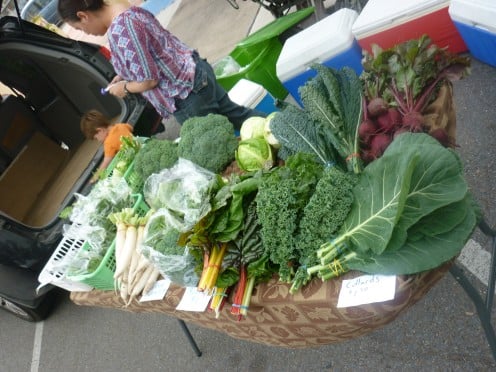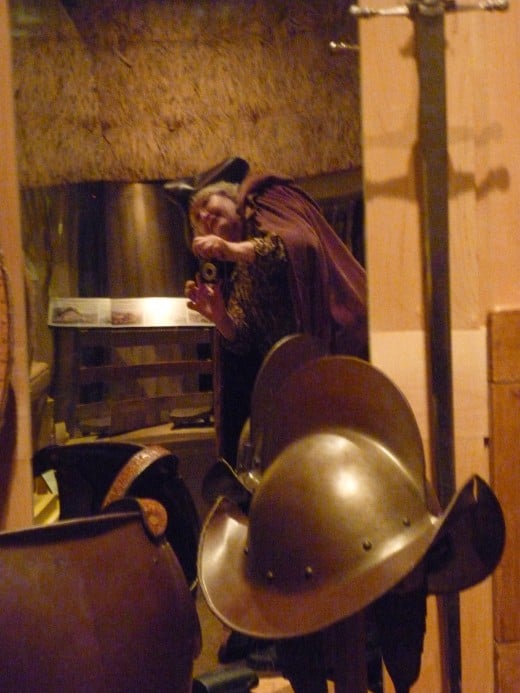Thumps Up! to Museum of South Texas History
Fertile Rio Grande Valley

Museum of South Texas History
Traveling thirty minutes to the West to the Museum of South Texas History. It took two hours to read through the museum. The museum is located in Edinburg, Texas. Its hours are 10-5 Tues. - Sat., 1-5 Sunday, they are closed on Mondays. Cost of admission is $6:00 - $9.00 depending on your age, for more information go to; www.mosthistory.org, or call 956-383-6911. The museum is located at 200 N. Closner Blvd.
The cost to get into the museum is worth every penny. There were several videos. The lighting is excellent. The staff is helpful. They have clean facilities. It is laid out very well. You start on the upper level and it leads you from one area to the next. Leaving the museum there was only one question. Was the ground still as fertile as it once had been here in the Rio Grande Valley? The clerk at the museum entrance stated, "yes, the land is still very fertile."
The museum will allow no flash pictures. It has to be a still life photo and for personal use only. Two things in the museum were of great interest, an architectural relief and a sewing machine. The following is a little information on those items.
Selfie in Museum of South Texas History

Museum of South Texas History
- MUSEUM OF SOUTH TEXAS HISTORY - YouTube
About the Museum ...preserving and presenting the borderland heritage of South Texas and Northeastern Mexico Prehistoric plants and animal fossils, native pe...
Singer of Singer Sewing machines
An item of interest to me was a Singer sewing machine. It was not really the sewing machine, but the story with the machine. It seems that in 1847 John Singer brother to Isaac Merritt Singer, inventor of the first sewing machine scaled for home use, was shipwrecked on South Padre Island for many years. John was the eldest of the two brothers. It seems both brothers were wealthy at one time. There is tale of John finding a treasure.
Hiroshima, Japan
The raised relief once decorated a building in Hiroshima, Japan. It is said that the burn marks were caused by the atomic bomb August 6, 1945. It is a relief of a child or cherub in white. It is charred with black especially in the mouth and eyes. The black is buried deep turning the white mold almost to black.
Getting to know the Rio Grande Valley
The museum brought me up to speed on the Rio Grande Valley. The large amounts of ice used for shipping their fruits and vegetables North. The economic changes brought about by shipping and the military. If you are new to the Rio Grande Valley this is an excellent place to familiarize yourself with this area.









